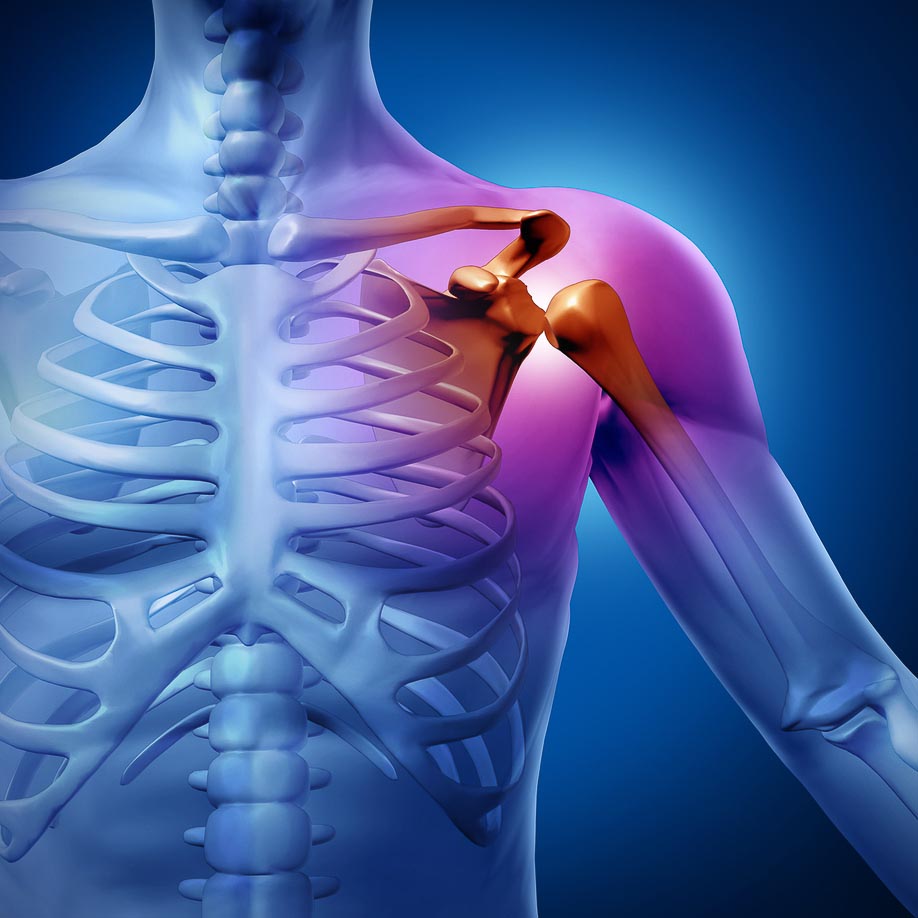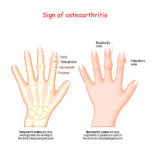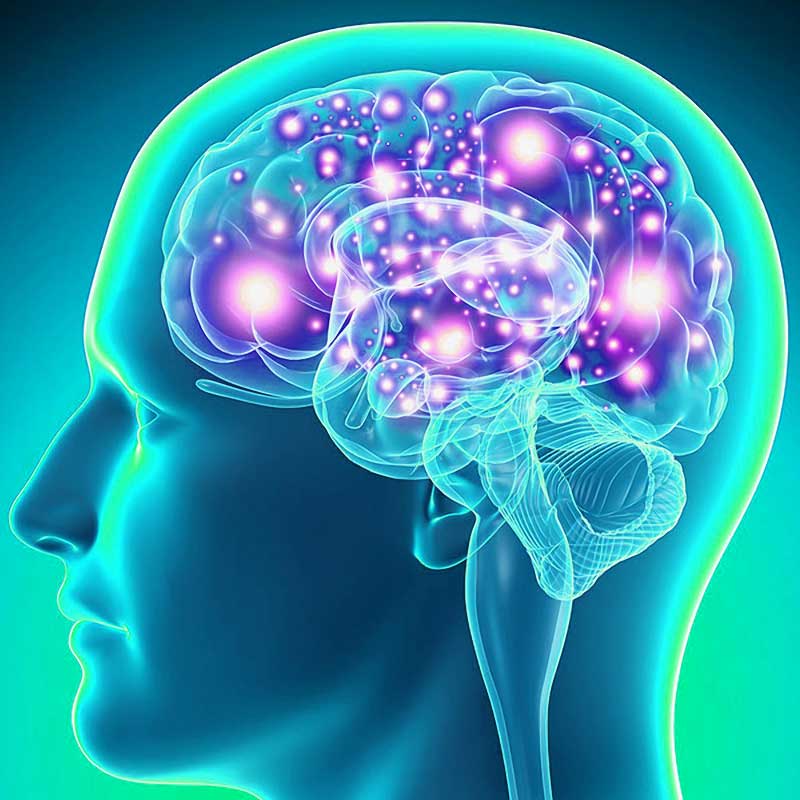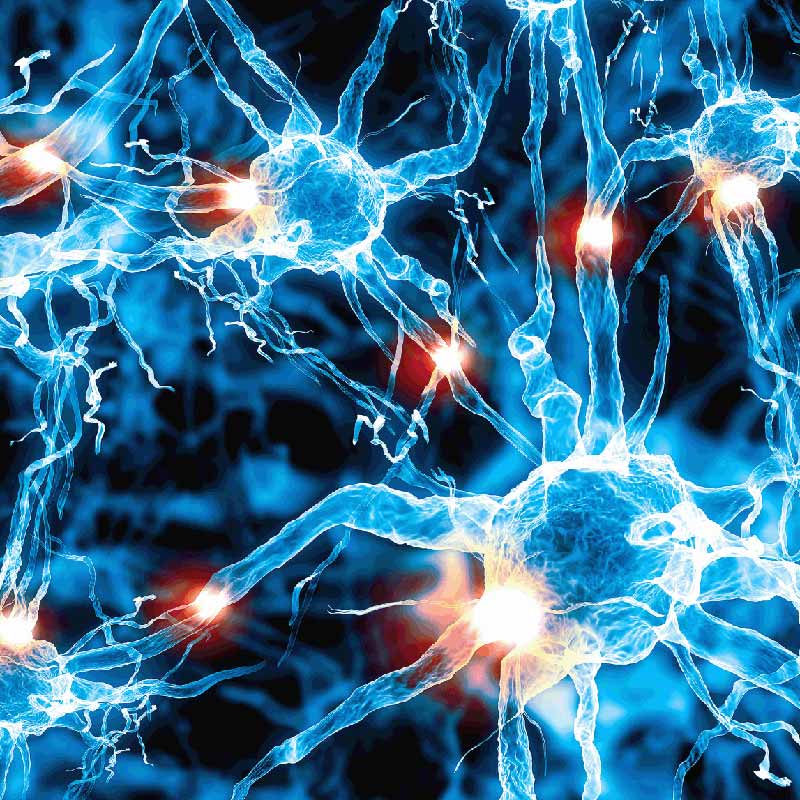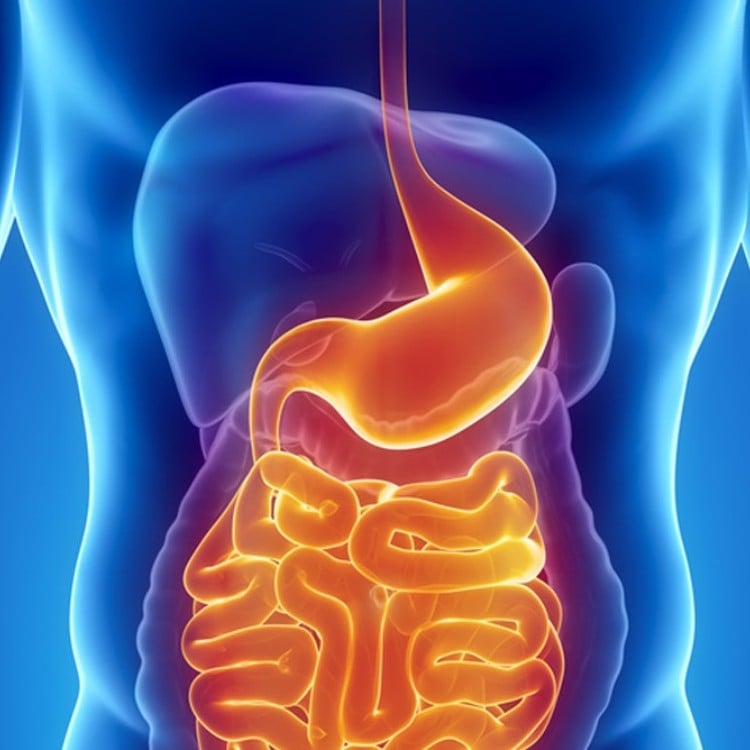Follow along with the NCCPA™ PANCE and PANRE Musculoskeletal Content Blueprint
- 50+ NCCPA™ PANCE and PANRE Musculoskeletal Content Blueprint Lessons (see below)
- 126 Question Musculoskeletal Exam (available to Smarty PANCE members)
- Comprehensive Musculoskeletal System Lecture and Slides with Joe Gilboy PA-C (video lesson)
- Musculoskeletal Pearls Flashcards (available to Smarty PANCE members)
- Picmonic™ integrated Blueprint Lessons and quizzes (available with Picmonic upgrade)
- 11 Musculoskeletal Pearls High Yield Summary Tables (available to Smarty PANCE members)
- ReelDx™ Integrated Patient Video Content (available to Smarty PANCE + ReelDx members)


